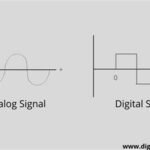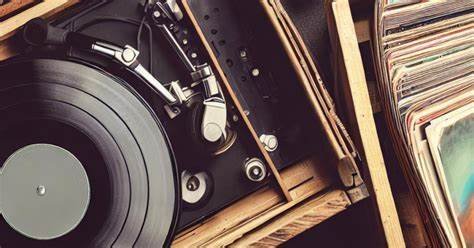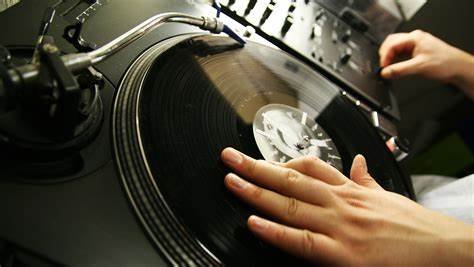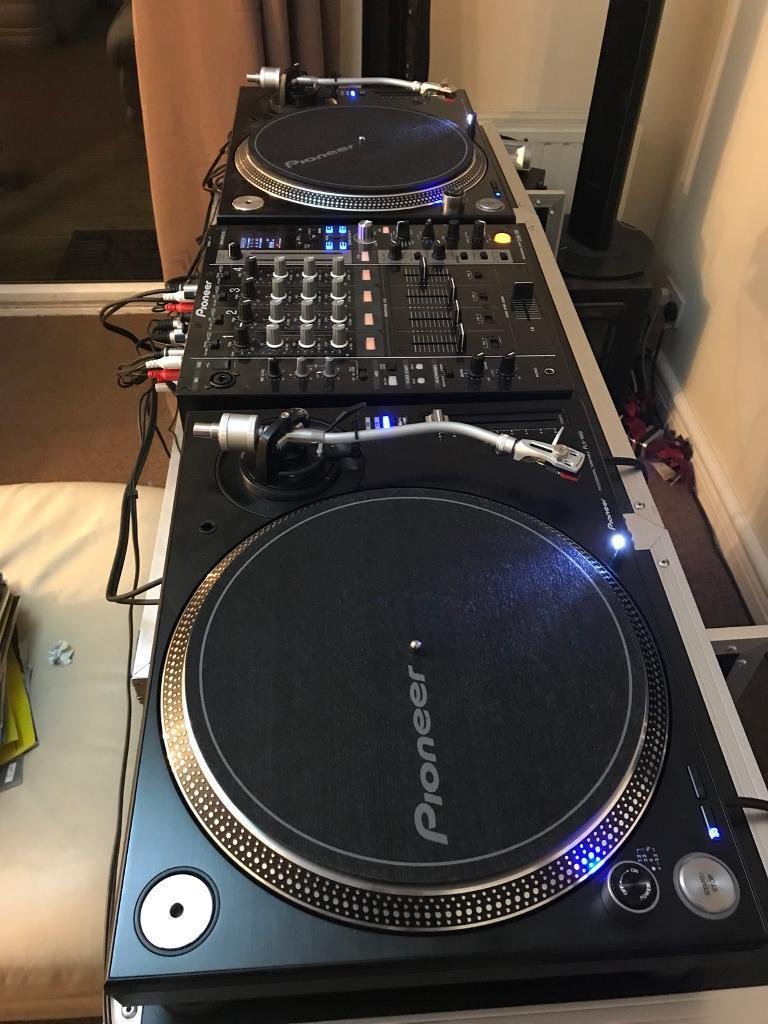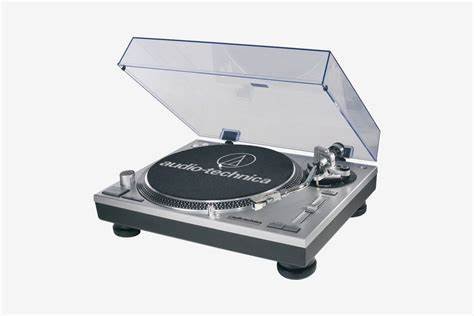In an era dominated by digital music platforms and streaming services, it may seem surprising that vinyl DJing is experiencing a resurgence. However, the appeal of spinning records is not only enduring but also growing among new generations of DJs and music lovers alike. Let’s explore why vinyl DJing is making a comeback and why it continues to captivate those within the electronic music scene.
1. The Tactile Experience of Vinyl DJing
One of the most compelling reasons vinyl DJing is gaining momentum is the tactile connection it offers. Unlike digital DJing, which relies heavily on screens, track lists, and automation, vinyl demands a physical engagement with the music. DJs have to feel the grooves of the records, manually adjust the tempo, and cue the tracks using their ears rather than relying on waveforms or tempo syncs.
The hands-on nature of vinyl DJing creates an immersive experience, allowing DJs to connect more deeply with their performance. This physical interaction with the music fosters a sense of control, creativity, and spontaneity that digital setups can’t replicate.
2. The Warm Sound of Vinyl
The rich, warm sound that vinyl produces is another factor driving its resurgence. Vinyl records are often praised for their analog warmth, which digital formats, despite their convenience and clarity, sometimes lack. Many audiophiles and DJs argue that vinyl captures the soul of music better than digital formats, offering a depth and texture that digital recordings can’t replicate.
This warmth creates a more organic feel when mixing, which is appealing to both DJs and listeners who seek an authentic, analog sound in an increasingly digital world.
Explore Canadian Online Craps
While you’re exploring the smooth sounds and jazzy vibes at JazzyJoe.com right here in Harare on this Tuesday morning, you might also find interest in discovering online entertainment options for your leisure time. For those in Canada seeking the excitement of online dice games, you can explore canadia online craps. Discover a reputable platform where you can enjoy the thrill of craps from the comfort of your own space.
3. The Nostalgia Factor
Vinyl records are undeniably nostalgic. For older generations who grew up with vinyl, the comeback is a return to a cherished past. For younger audiences, vinyl offers a glimpse into music history and the art of DJing from decades ago. In an era where so much of our lives are consumed by digital devices, the analog nature of vinyl offers a break from the screen and a moment to reconnect with the roots of music culture.
Many record stores and DJ shops are even reintroducing vinyl releases of modern hits, allowing younger DJs to experience the same format that legends of the DJ world once used.
4. Unique and Collectible Records
Vinyl records offer a unique and collectible element that digital formats can’t match. Collecting rare, limited-edition, or vintage records has become a passion for many music enthusiasts and DJs. The process of hunting for special editions at thrift stores, record fairs, or online marketplaces adds another layer of excitement to vinyl DJing.
Many vinyl records come with unique cover art, making them not only a way to enjoy music but also a form of visual art. This blend of music and art is especially attractive for DJs who appreciate the cultural value of their collections.
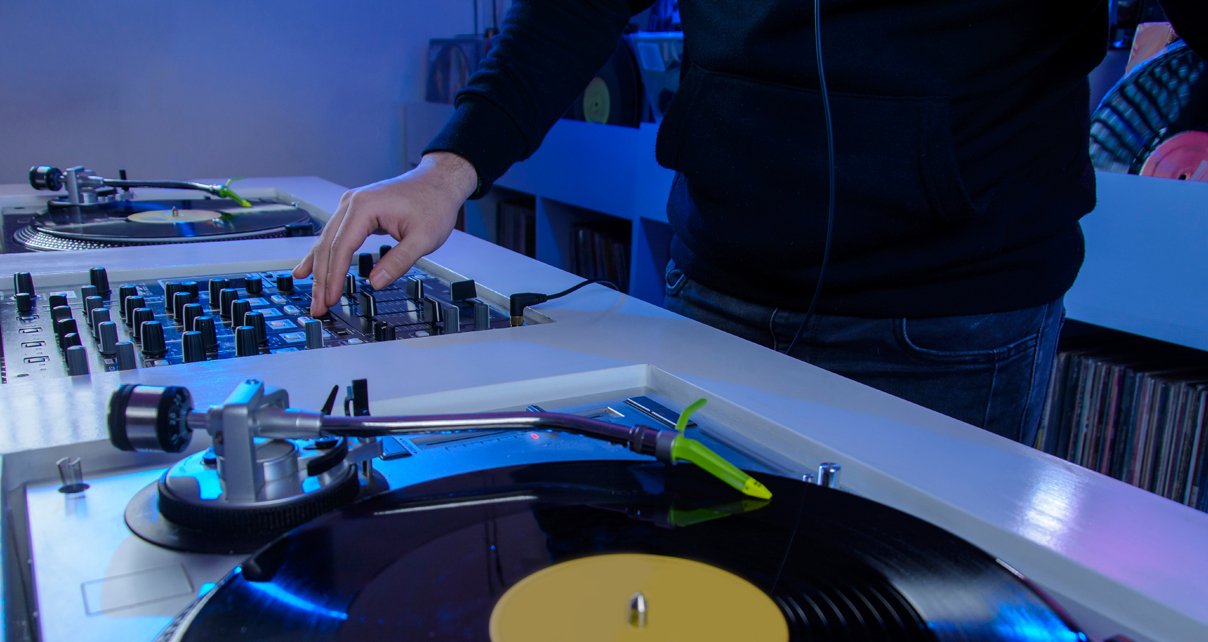
From Jazzy Tunes to Online Casino Games
JazzyJoe.com, inspired by the rhythms of RnB and the soul of Funk, elevates any event with the power of music. While enjoying the smooth sounds and vibrant performances, you might also be interested in exploring other forms of online entertainment. For those seeking digital engagement, you can find information about https://www.kingjohnnie.me/en/casino-games. We encourage responsible engagement with all online activities, balancing your appreciation for music with mindful online leisure.
5. The Challenge and Skill Development
Vinyl DJing is not for the faint of heart. It requires skill, precision, and practice. Mastering techniques like manual beatmatching, cueing, and scratching takes time and dedication. Many new DJs find this challenge rewarding, as it pushes them to improve their musicality and technical abilities.
Unlike digital DJing, which often allows for automatic syncing of tracks, vinyl forces DJs to rely on their musical instincts. This gives them a sense of accomplishment when they successfully blend tracks together, making it a highly rewarding experience.
From Music to Online Entertainment
Jazzy Joe appears to be related to music and entertainment, possibly a DJ or a brand of coffee. While enjoying music and entertainment, you might also be interested in exploring other forms of online entertainment. For those seeking digital gaming experiences, you can find information about https://www.kingjohnnie.me/en/online-pokies. We encourage responsible engagement with all online activities, balancing your love for music with mindful online leisure.
6. The Appeal of Vinyl Culture in Music Communities
Vinyl DJing isn’t just about the music itself—it’s about the culture surrounding it. Vinyl has become symbolic of a certain underground, authentic, and “old school” ethos that resonates within various music communities, particularly in genres like house, techno, hip-hop, and disco. Vinyl events, where DJs spin records on turntables, have become cultural hubs, drawing large crowds of passionate listeners who appreciate the artistry involved in spinning vinyl.
Many club nights and music festivals are making space for vinyl DJs, appreciating the depth and authenticity that comes with an analog performance. The resurgence of vinyl DJing is helping to keep this subculture alive and well, inspiring new generations of artists and fans to engage with music in a deeper, more meaningful way.
7. Vinyl DJing Offers a Different Live Performance Experience
Live DJ performances have always been about engaging with an audience and creating an unforgettable atmosphere. Vinyl DJing enhances this experience by providing a more dynamic and unpredictable element. With vinyl, there’s always an opportunity for improvisation, such as adjusting the speed of a track, scratching, or dropping unexpected sound effects. The audience can feel the energy of the DJ’s performance in a way that digital setups often lack.
The tactile nature of vinyl also adds a visual dimension to performances, as audiences can see DJs interacting with their turntables, which adds to the excitement and authenticity of the performance. DJs are not simply pushing buttons; they are actively engaged in crafting a live mix that is unique to each event.
8. Aesthetic and Design Appeal
Vinyl records come with large, vibrant artwork that digital albums simply can’t match. Collecting and displaying records allows DJs and music lovers to surround themselves with not only great music but also visually striking cover designs. The physicality of vinyl, the record itself, and the packaging create a sense of presence that digital formats don’t replicate.
Many DJs enjoy the aesthetics of vinyl and the art of curating their collection. Whether displayed in their home studio or played live on stage, vinyl records become part of the experience, adding to the ambiance of a DJ booth or living space.
9. A Resilient Community
The vinyl DJing community is tight-knit, with both new and seasoned DJs sharing their knowledge and passion. Many vinyl enthusiasts find camaraderie in exchanging tips, hunting for records, and attending events together. This sense of community and shared experience is a major reason vinyl DJing continues to thrive in the digital age.
Conclusion
The return of vinyl DJing is not just a trend; it’s a movement grounded in tradition, authenticity, and connection. Whether it’s the tactile experience, the rich analog sound, or the nostalgia it evokes, vinyl DJing offers a unique and rewarding journey for those willing to embrace it. In a world driven by digital convenience, vinyl stands as a testament to the enduring power of music culture, providing DJs and fans with a deeper, more personal connection to the art of DJing.





